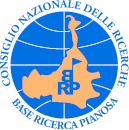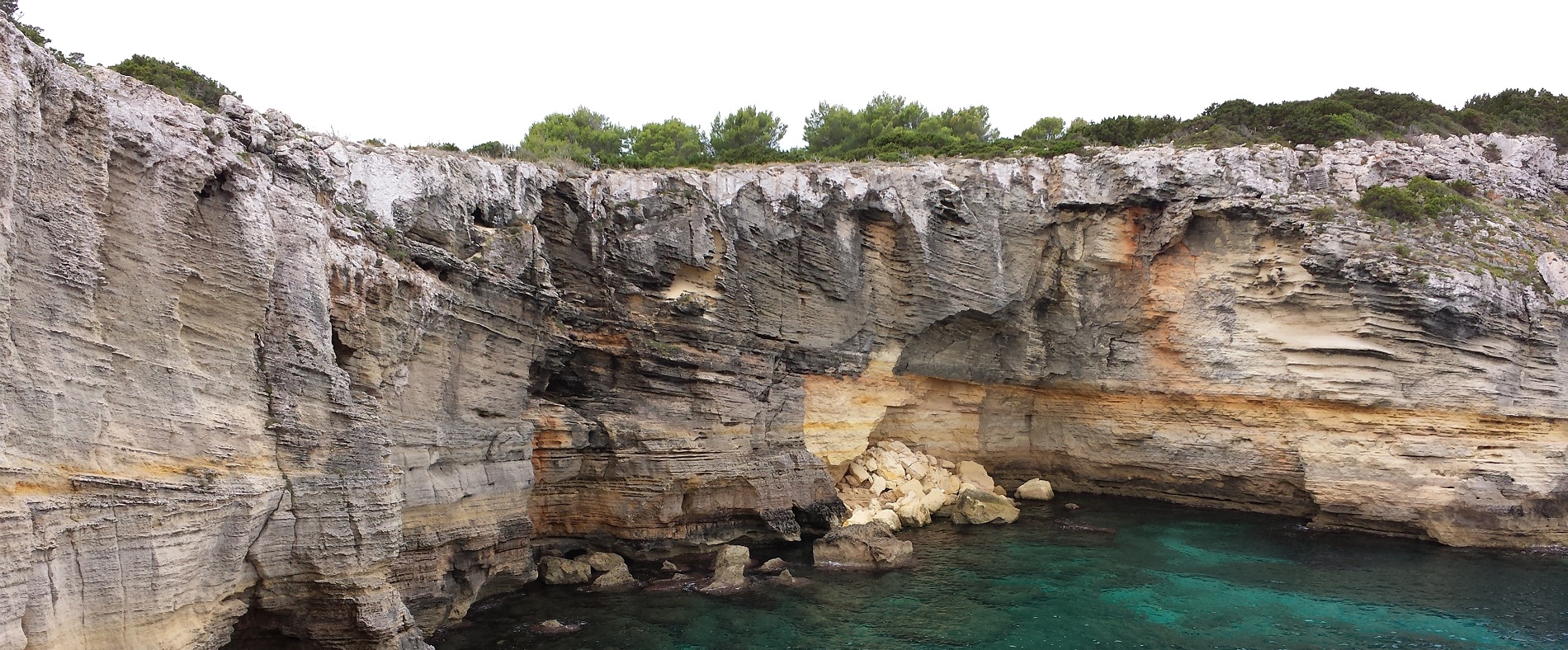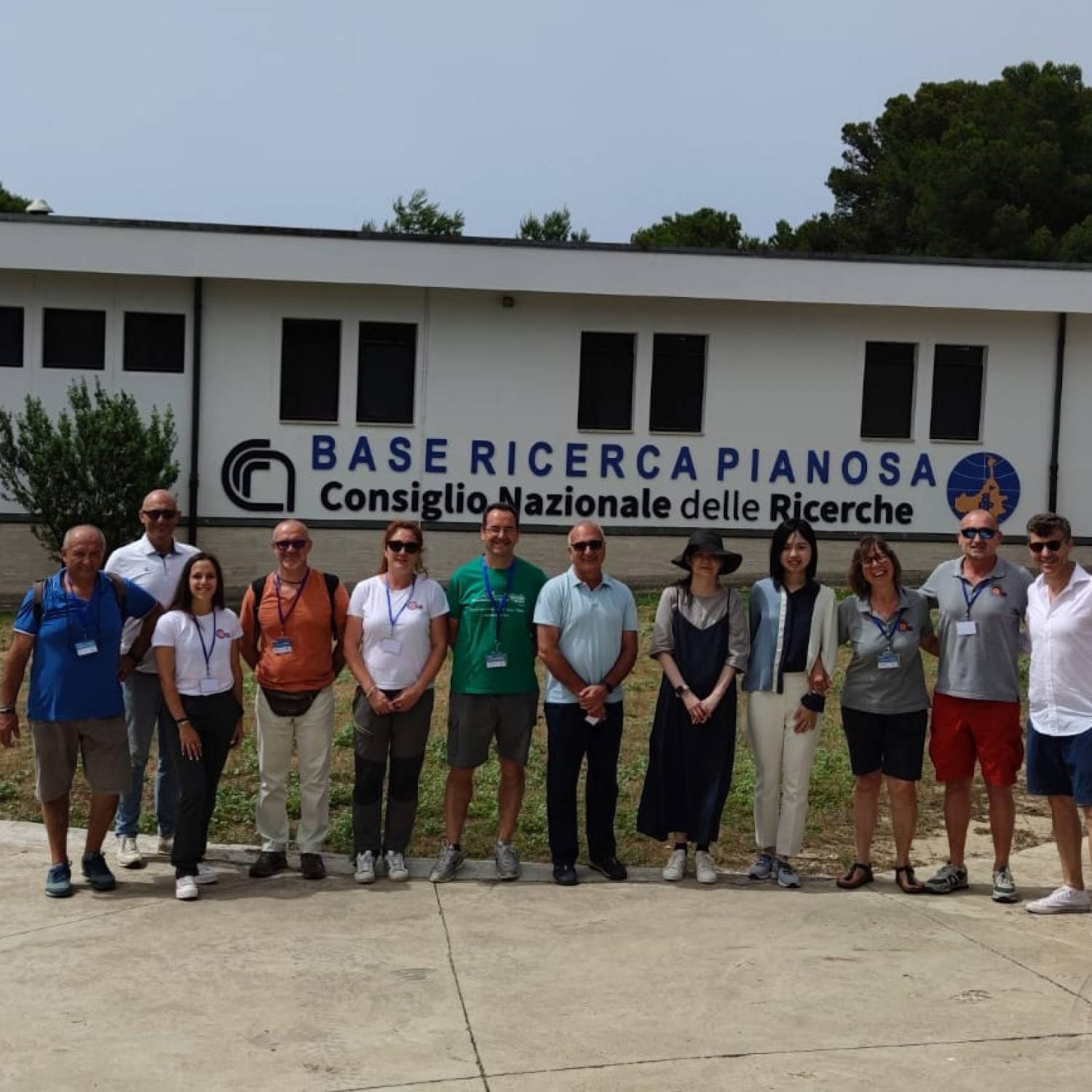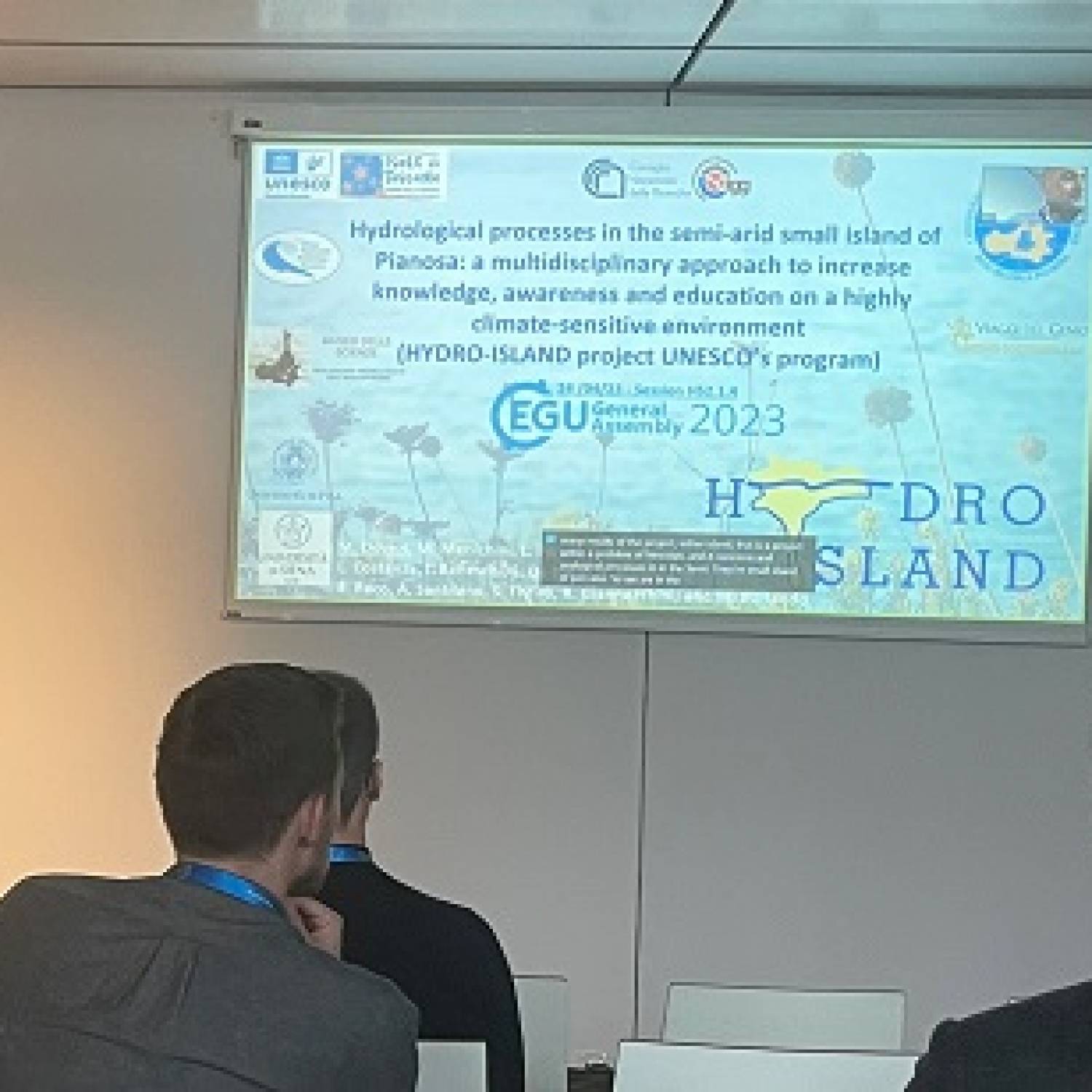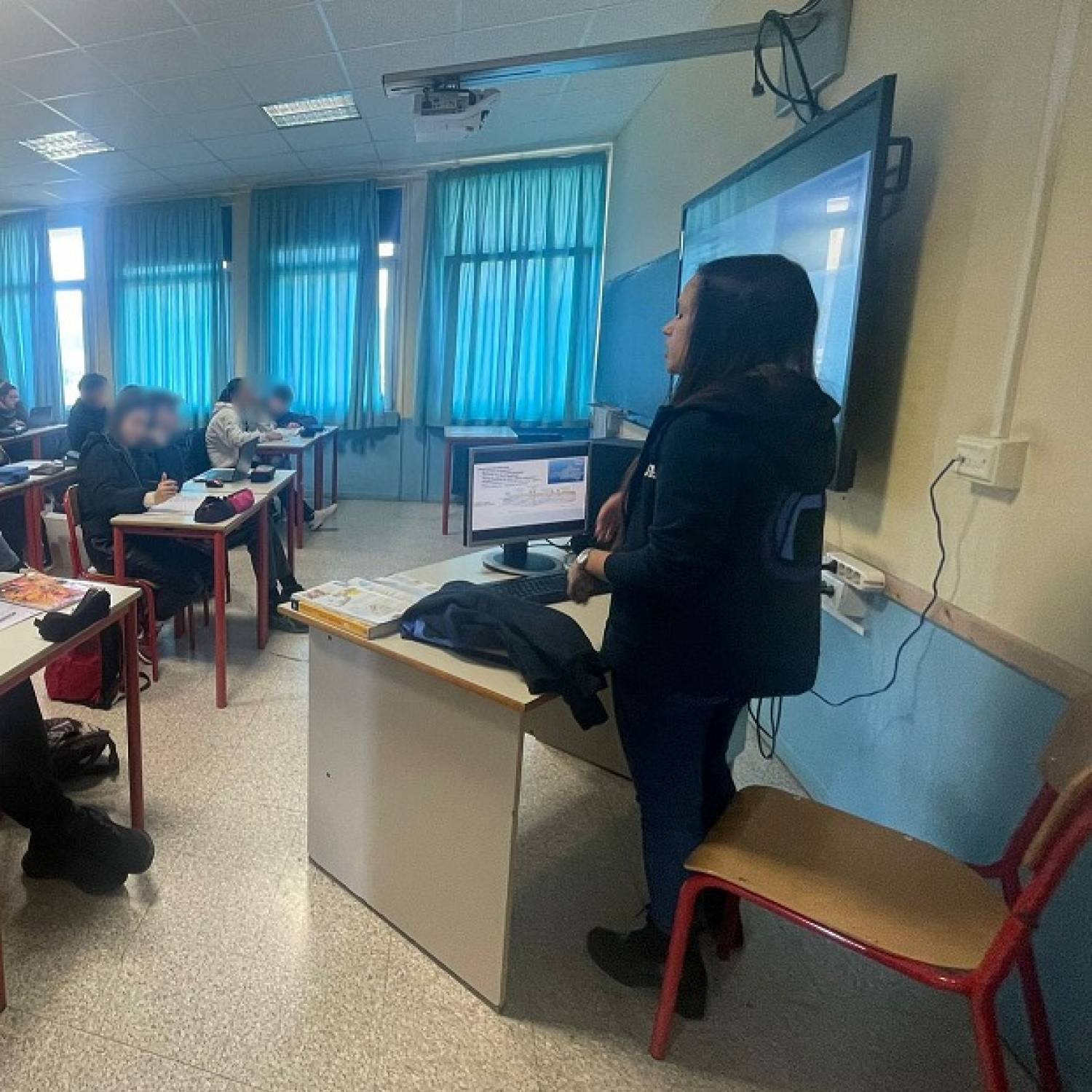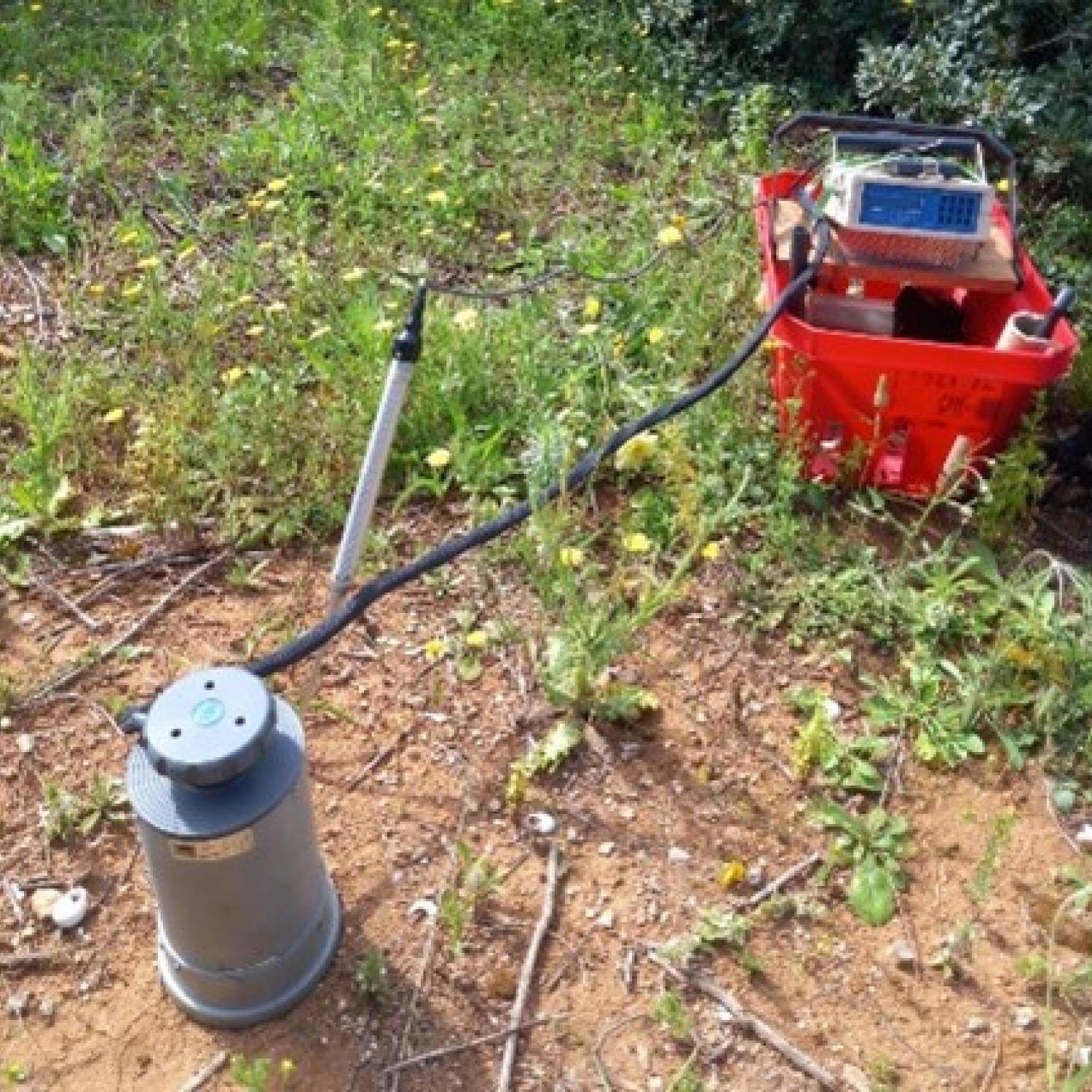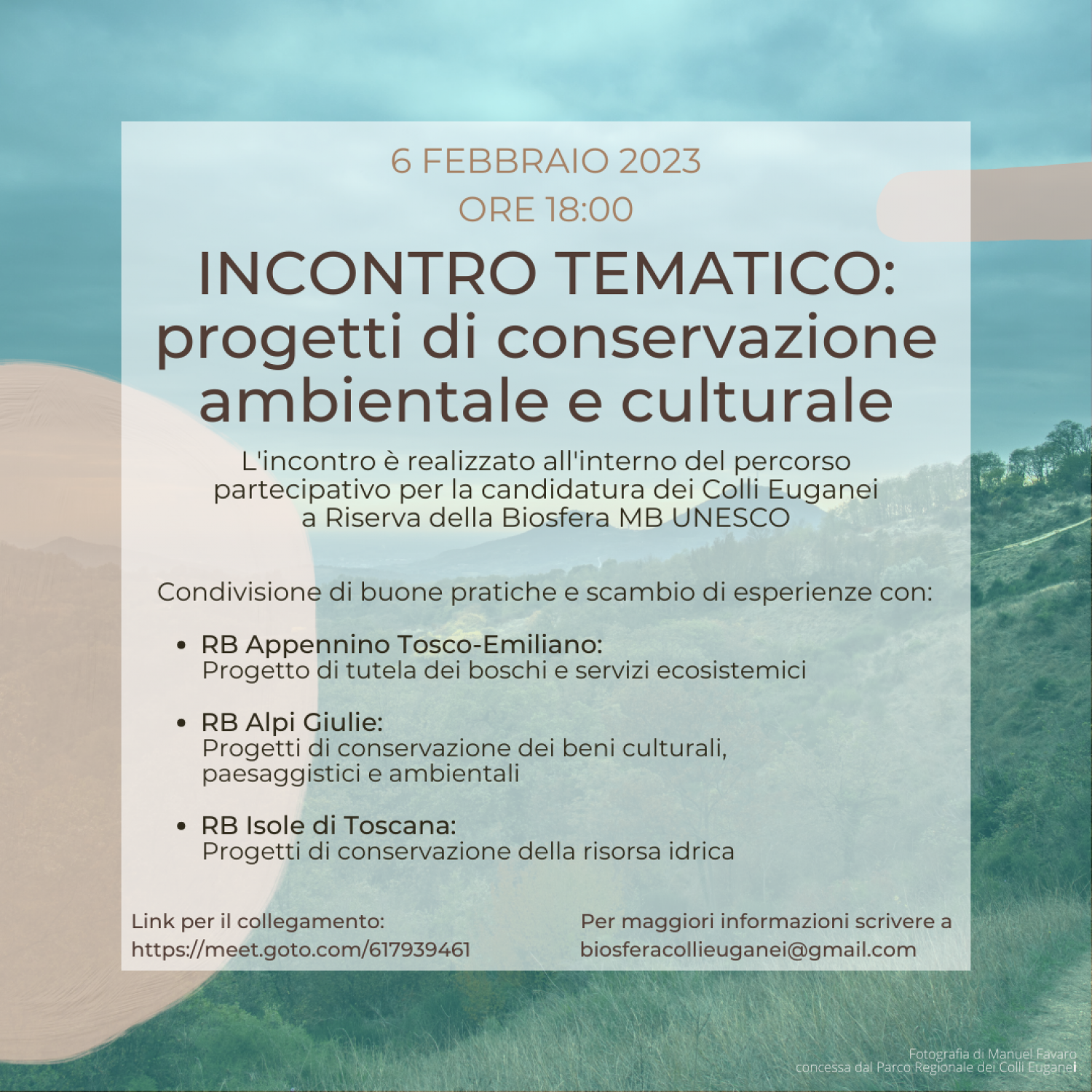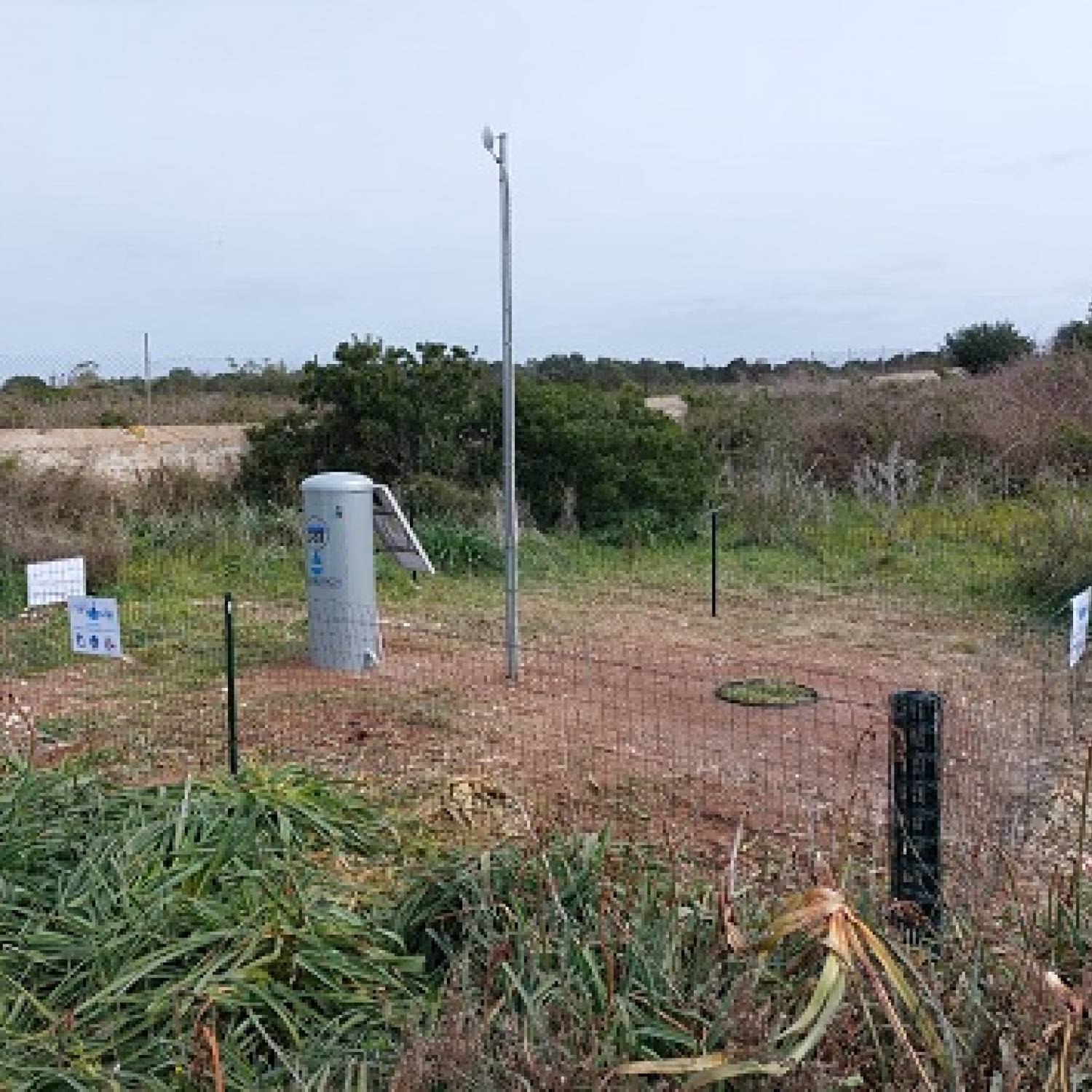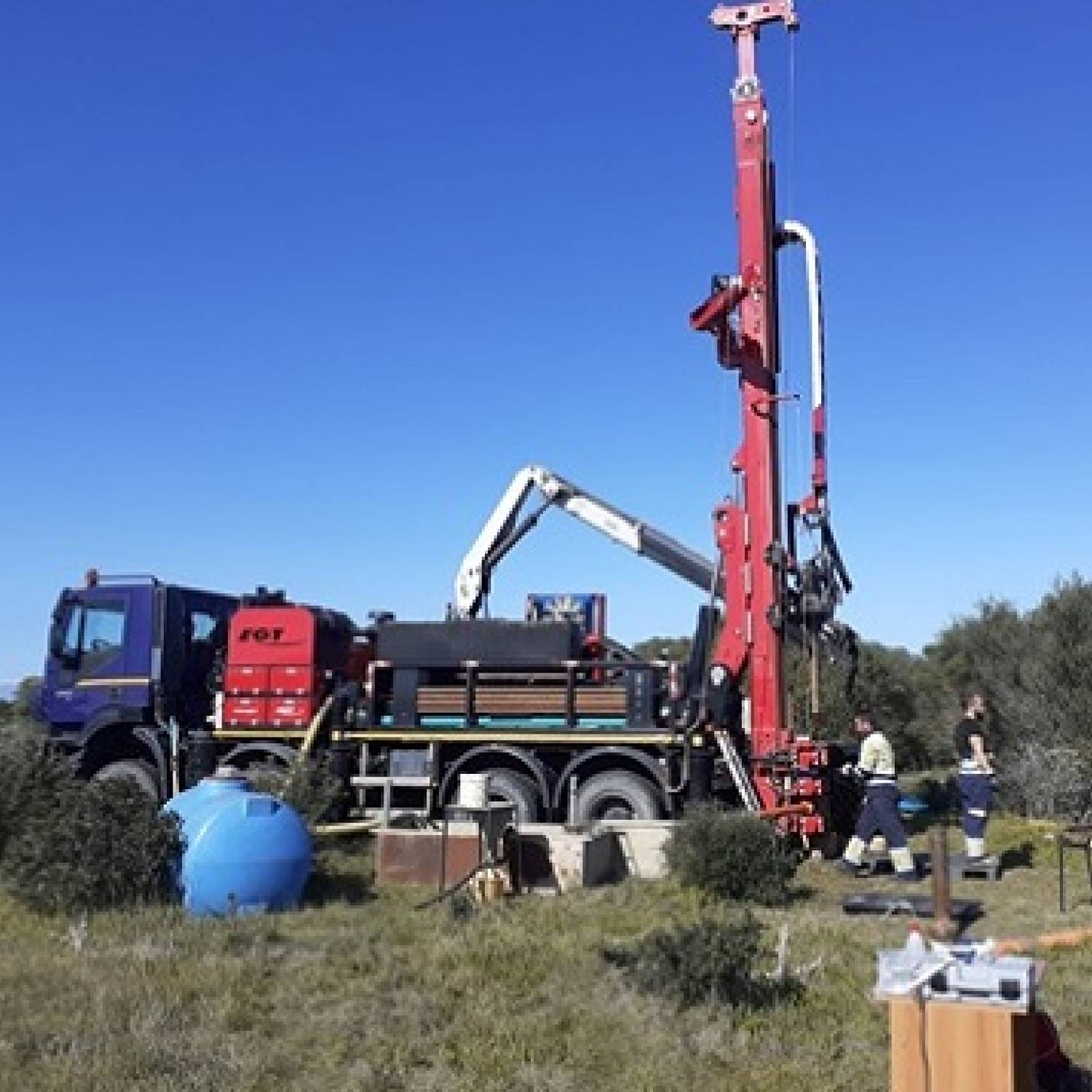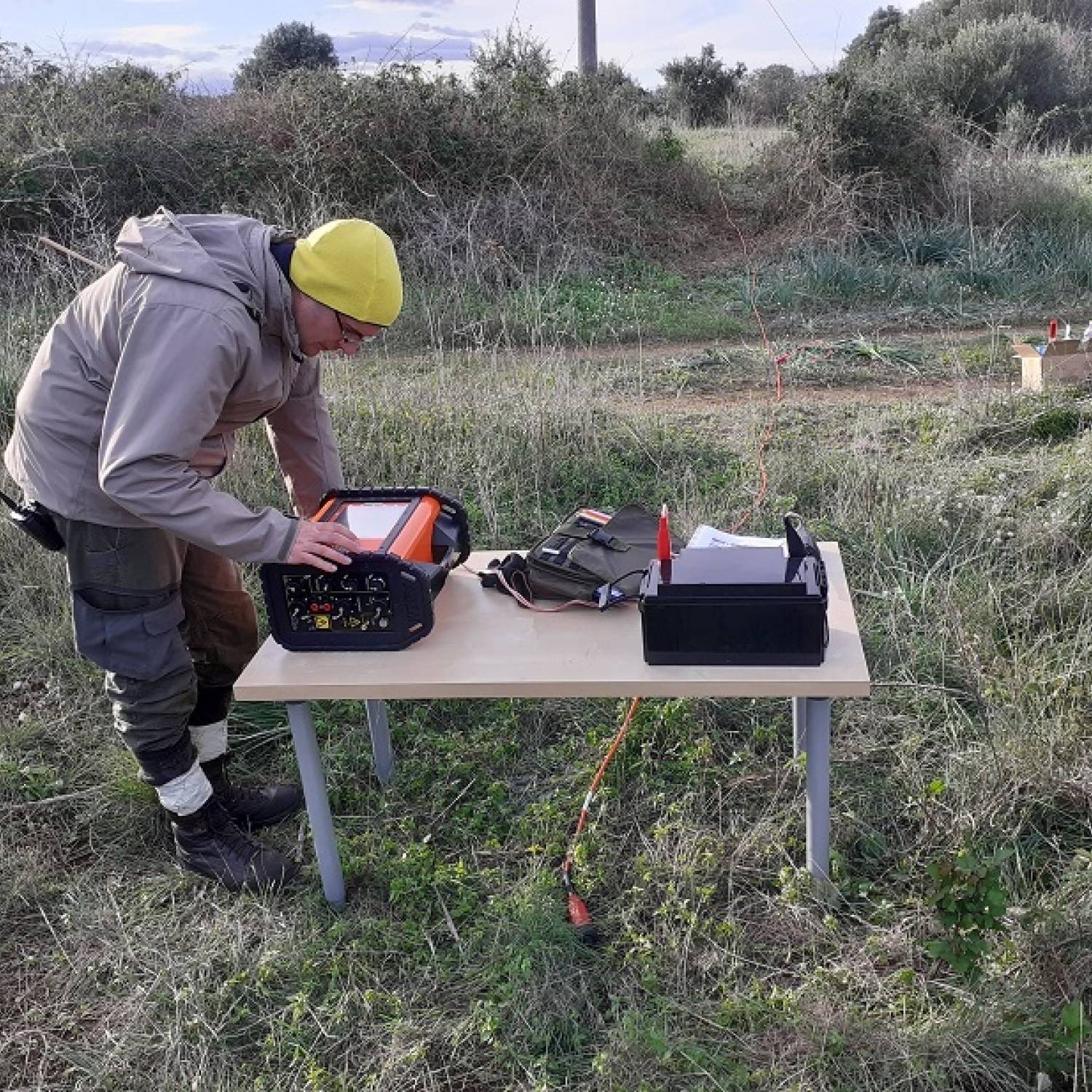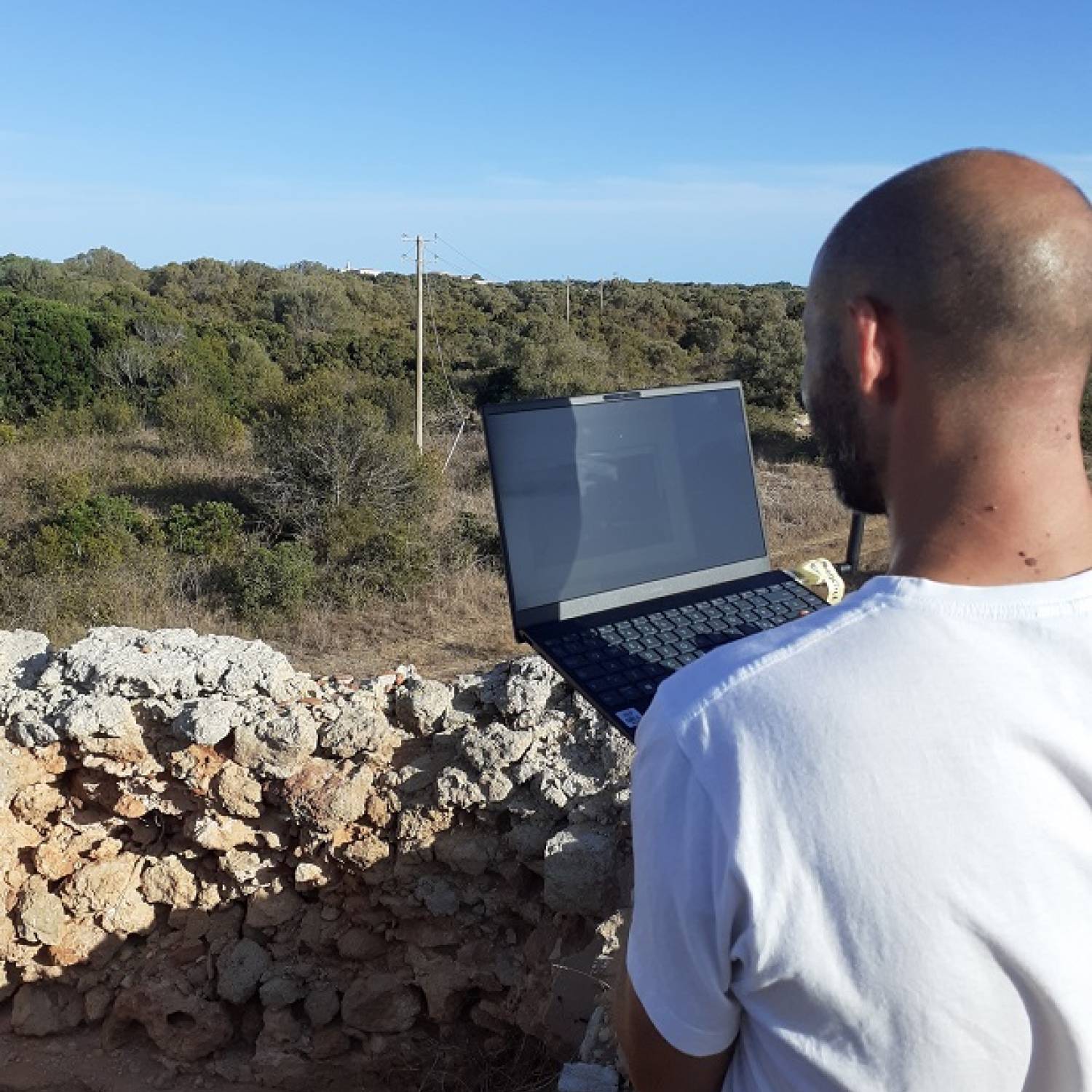The vegetation that covers the island is a typical Mediterranean scrub with a predominance of species that prefer limestone soils: here are lots of mastic, rosemary, Phoenician juniper, rock roses, olive trees and the spazzaforno, a rare shrub that loves dry and rocky soils.
In some areas of the island there are still some fragments of holm oak while there are many Aleppo pines introduced with reforestation in the twentieth century. Until 1997 a large part of the island's soil was used for agricultural purposes by the penal colony established in Pianosa starting from the second half of the nineteenth century: after the interruption of agricultural activity, the spontaneous flora has been gradually recolonizing those territories. The endemism of the island is the Limonio di Pianosa (Limonium planesiae), which, together with the sea fennel, constitutes the vegetable association of the lemon-crust that characterizes the coastal strip, together with other small but important vegetal entities such as the Erba Franca or the Narrow Crystalline Grass.
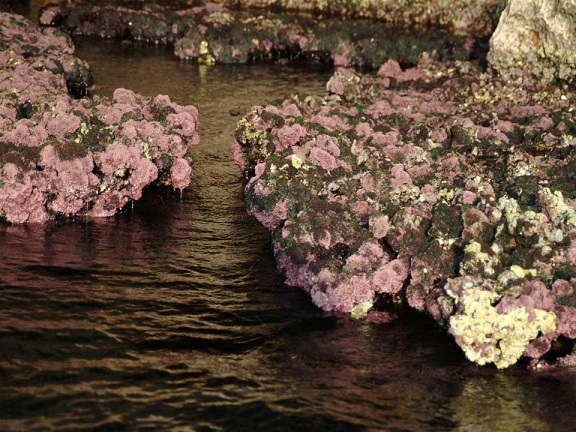
The Pianosina fauna is represented by small mammals such as hedgehogs and wild hares. Abundant is the sedentary and migratory avifauna. Along the coasts Shearwaters and Corsican gulls nest , nowadays protected by the Park Authority with important conservation initiatives. Birdwatchers can observe the colorful flight of bee-eaters, the swaying hoopoe or the glides and swoops of birds of prey along with numerous passerines, resident or passing by.
The marine coastal strip of the Pianosa island shows unique characteristics of the biocoenoses associated to it. Having been the site of a maximum security prison, with access to the island and the surrounding marine area prohibited for tourism and fishing, has meant that the variety and number of animal and plant species is unique throughout the Mediterranean. 1418 animal species and 328 algal species have been scientifically determined, including 15 species protected by the Barcelona Convention.
Around the island, 88 fish species submerged in the infralittoral plane have been identified. Particularly important are the “trottoir”, a lithophyllum byssoides (La Marck) Foslie, 1900, which form real “pavements” of coralline algae on rocky substrates. For the development of this bioconcretion, particular hydrodynamic situations, adequate chemical-physical characteristics of surface waters, intense aeration and non-direct exposure to sunlight are necessary. In the optimal situations of Pianosa the "trottoir" have reached 1 meter of thickness and deserve to be considered real "natural monuments".
The oceanic Posidonia meadows are very close to the coast and have features that confirm the peculiarity of this island which seems to preserve unique marine environmental conditions such as the density of the bundles, the length of the leaves, the epiphytic species and its nursery value for many animal species, from invertebrates to both sessile and floating vertebrates. With mask and fins it is possible to visit a unique marine environment.
